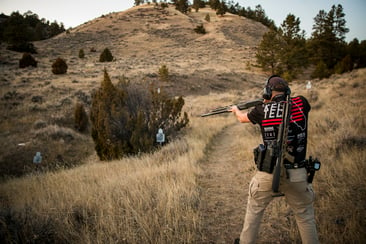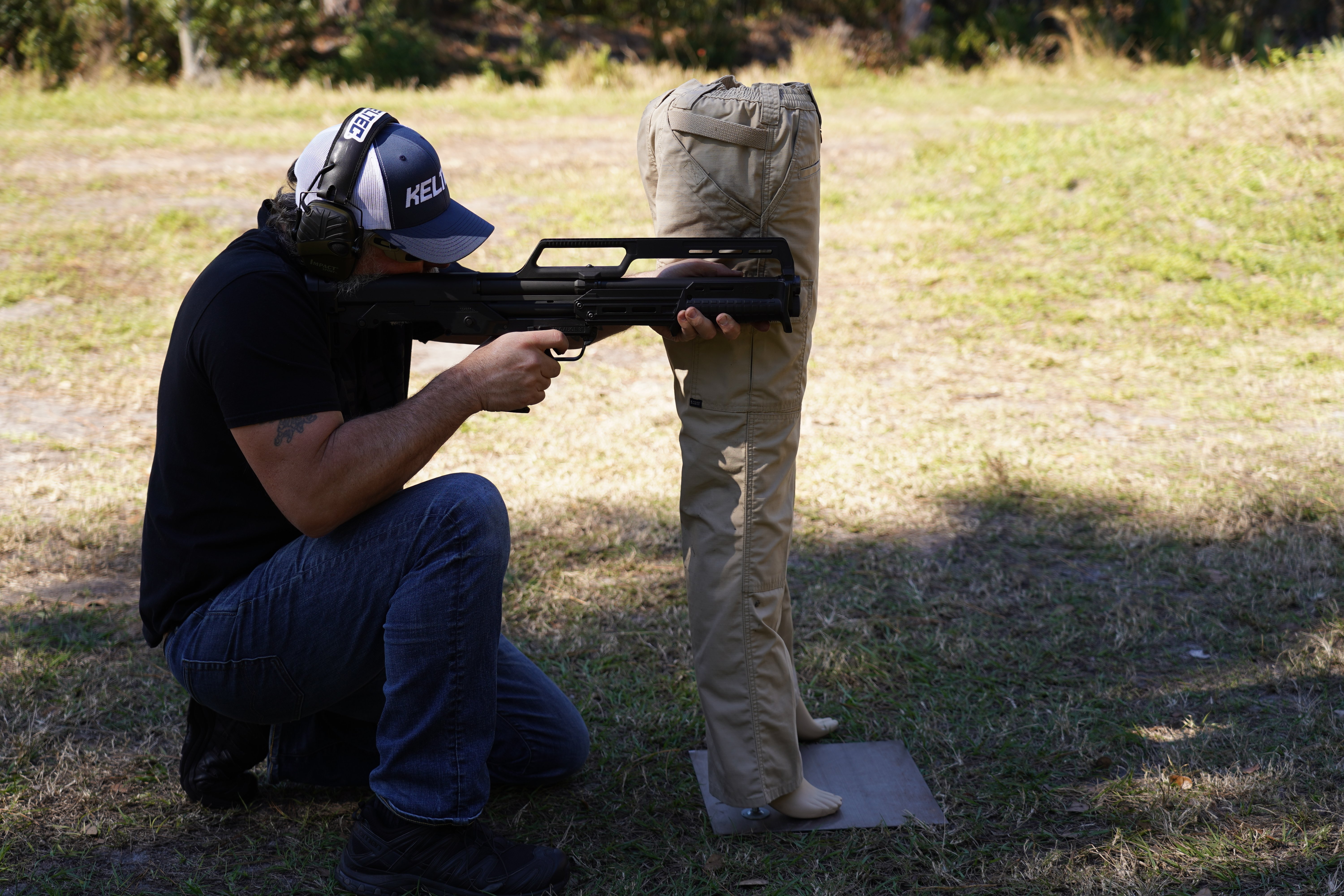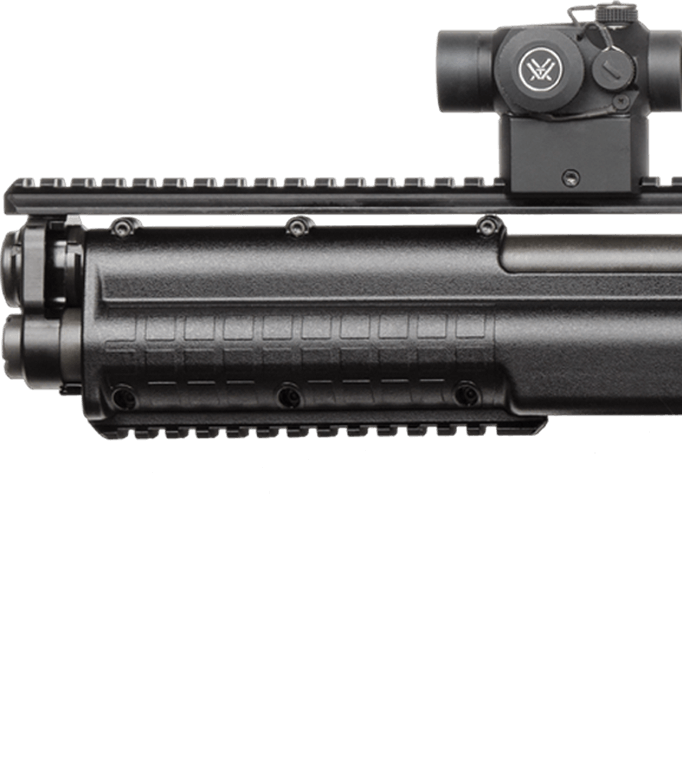The more time you have on the trigger the more confident you will be. Unfortunately, firearms training is often an overlooked aspect of gun ownership and gun safety. If you are new to guns or have just obtained your concealed carry permit, you should also arm yourself with the proper training to prepare yourself for any scenario.
Seek Out a Professional
A professional firearms instructor that is skilled and experienced is essential when you are new to firearms training. You might think that it is impossible to find someone that is a professional firearms trainer. However, it is easier than you might think. We recommend contacting local law enforcement agencies and local licensed ranges. Here you can gather more information on solid firearms manipulation instruction, basic and advanced self-defense tactics, mindset training, situational awareness and everything in between. Depending on where you are in the country, or if you are willing to travel, you can look into training with one of the following:
- BAT DEFENSE
- Haley Strategic Partners
- Kagwerks
- Northern Red
- Baer Solutions
- Costa Ludus
- T.REX ARMS
- Shooting Performance Institute
Start with the basics and move slowly until you and your instructor feel confident that you are ready to move to the next level. This is where a good, licensed instructor comes into play. Documenting your progress is the key to successfully and most importantly, safely handling firearms.
Focus on Fundamentals
A solid foundation in fundamentals will allow you to become comfortable with firing a weapon. For fundamentals, we recommend starting with a .22 firearm like the KelTec P17 unless your training professional recommends otherwise. The KelTec P17 is a low-cost firearm that offers all the necessary features of a concealed carry pistol. Also, .22lr ammunition is inexpensive, has low recoil benefits and very little muzzle blast to distract the new shooter from concentrating on the important details of firearms training.
Diversify Your Experience
As you become comfortable with firearms fundamentals, work on using firearms in different scenarios and locations. In other words, don’t spend all your time training on a flat range. The majority of firearms professionals give training at an outdoor range, in small classes and with a lot of one-on-one attention to detail. This is very important for several reasons.

Training outside allows you to mimic real-life self-defense scenarios. If and when you are faced with an actual threat, you will be ready to act because you have had experience reacting to noise dispersion and spatial awareness. These are both key elements when training in and around obstacles like walls and vehicles. This type of real-life experience is not available at a flat or most indoor ranges. A flat range can be unnecessarily loud and sometimes crowded. The flat range also limits your training to firing in only one direction with little to no lateral movement. You also won’t find barricade set-ups or vehicle training at a flat range. Drawing from a holster at a flat range is generally against range policy. While flat ranges are good for target practice, they are not a good place for realistic scenarios.
Continue to Learn After Training
A responsible gun owner is a continuous learner. It is important to train competently and continuously throughout your life. Having a defensive firearm is a major responsibility much like owning a vehicle and driving it on public roads. Safe confidence cannot be overstated.
Use Resources Like YouTube
While there are certainly excellent training videos on YouTube, keep in mind that everyone is a so-called expert these days. Below is a list of people that will give you a good place to start. Enjoy the entertainment content on these channels, but try to search for the training videos these channels produce. You’ll take away a wealth of information as a result.
Repeat Training
An instructor said something to a class several years ago that always stuck with me. He said, "Most people train until they get it right. We train until we get it wrong." In other words, never stop learning and always practice what you know. When you feel confident with weapons manipulation, work on accuracy. When you reach a level of efficient manipulation and accuracy, work on the speed with which you train and make the fundamentals second nature. Don’t forget to focus on mindset — your most important weapon. Go back and do the training over and over again.
Try a Competition
Going to competitions is a high-value way to train and learn from experienced shooters. It creates an atmosphere where you have to assemble a plan and execute that plan on the clock, against yourself and those in your division. This is the best way to learn the most about how you will perform under stress, without being in a life-or-death situation. Competition shooting is one of the safest ways to push yourself past your boundaries while having fun at the range. Leave your insecurities at the door, the competition community is one of the most supportive groups of people you'll find. Don’t be afraid to ask questions.
Do Your Research
Safe gun handling and training should always come before gun ownership. Seek advice from several professional sources, get some classroom and range time in and then start thinking about which firearm is best for you. Once you purchase it, get as much time on the trigger as your schedule will allow. Trigger time builds confidence and the much-needed respect for proper firearms handling.





